It used to be that when you asked someone for a cig, they’d pass you their packet of coffin nails. But now that we’ve determined cigs cause every ailment known to man, including lumbago, scarlet fever, and Guinea-worm disease, if you ask someone for a cig they’re about as likely to hand you an unusual looking pistol cartridge. That could be the 357 SIG. It’s a caliber for self-defense which will likely never achieve the same levels of popularity as 9mm and 40 S&W.
Why does the 357 SIG exist?
How does it perform when compared to other more popular cartridges?
Should you consider using it?
Let’s dive in and get some answers as to why there is a group of shooters who love the relatively new bottlenecked cartridge.
Birth of the 357 Sig
The 357 SIG was created in conjunction by SIG Sauer and Federal Premium and introduced for sale in 1994.
The caliber is designed to replicate the performance of a 125 grain 357 Magnum load (hence the number in its name) when fired from a 4” revolver barrel, and also to be used in a semi-automatic handgun with a greater capacity than a revolver could offer.
The cartridge looks distinctive. A lot of that has to do with its bottleneck shell casing. It is the first pistol cartridge to have one since the 256 Winchester Magnum came out in 1960.
The caliber’s casing is in essence that of a 10mm, further necked down to seat a .355” diameter bullet.
357 Sig Ballistics
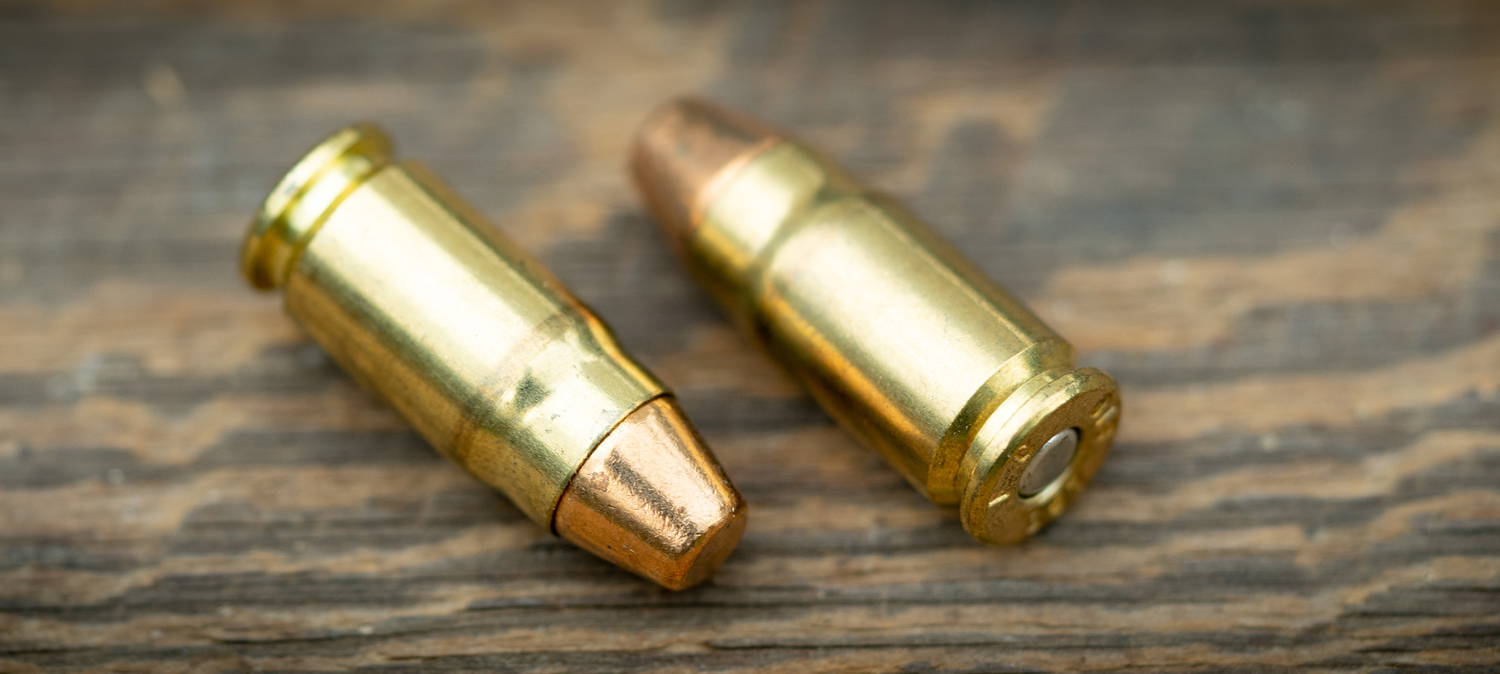
So what kind of punch does a 357 SIG pack? A pretty good one, in all honesty.
Its standard 125 grain projectile achieves a muzzle velocity between 1,350 and 1,450 fps. (Lighter bullets can zip up to 1,900 fps.) That’s about 200 fps faster than a 9mm +P load with a comparably weighted bullet. That means nearly 100 ft lbs more muzzle energy, which the 357 SIG with its bullet designed to reliably expand at greater velocities is able to appropriately utilize. The 357 SIG certainly does achieve power like that of the 357 Magnum it’s designed to mimic.
Why Isn’t It More Popular?
Sounds awfully good on paper, and those who swear by the 357 SIG list its superior accuracy, the natural byproduct of its faster muzzle velocity, among its merits. So why, then, is the cartridge so seldom utilized out in the field?
Well, there are several reasons.
Relative Youth
Perhaps the greatest detriment to the 357 SIG’s popularity is its relative novelty. People like what they know. So, any manufacturer that introduces a new caliber has got all their work ahead of them.
The 38 Special has been around since 1898, the 9mm since 1902, and the 45 ACP since 1905. Granted, the widely embraced 40 S&W only hit the scene in 1990, but by beating out the 357 SIG by four years it was able to steal a great deal of the thunder that the newer cartridge might have earned. Had cops embraced the 357 SIG in greater numbers, then the caliber could have had a greater impact. Arnold, Bruce, or Sly requesting a handgun chambered for 357 SIG in a movie might have made it more in vogue as well, but as far as we know that just didn’t happen.
Expensive to Shoot
Cost always factors into these things. Compare a Remington UMC 9mm training cartridge to an analogous one for 357 SIG and the difference is plain: The 9mm costs 25¢ per round, while the 357 SIG ammo costs 42¢ (when purchased by the box). A 40 S&W training cartridge costs 31¢ per round, which is still substantially more affordable. You could very well train with 40 S&W only to subsequently swap out your barrel for a 357 SIG one, but that’s an extra hassle most shooters aren’t game for undertaking. The almighty dollar is indeed a major contributor to the 357 SIG’s stunted popularity.
Terminal Ballistics
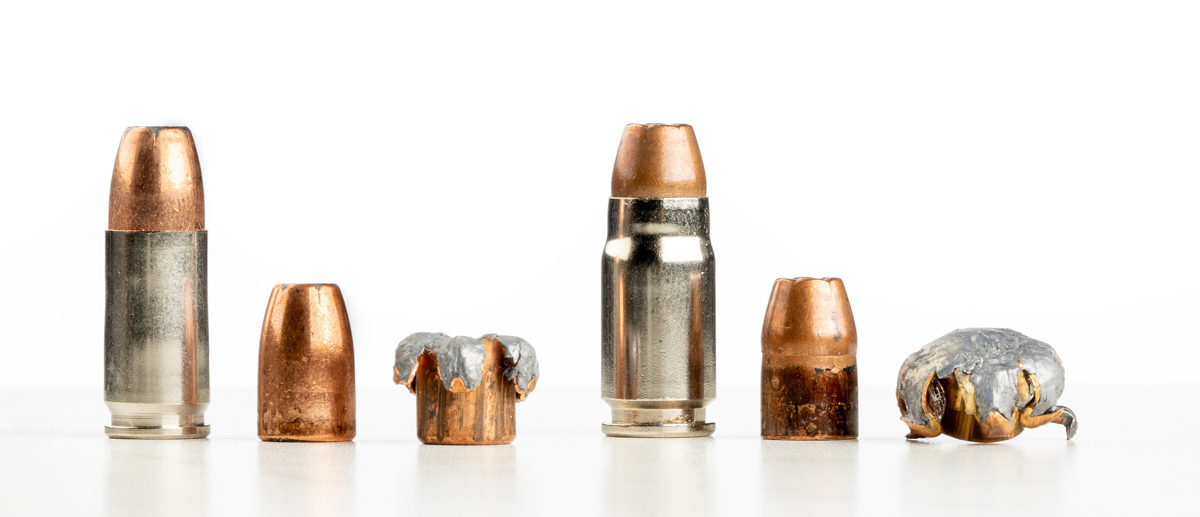
Next let’s consider performance.
In spite of its arguably greater power, a 357 SIG doesn’t actually offer better penetration or expansion than a 9mm in ballistic tests. What the 357 SIG will provide more of, however, is recoil, muzzle blast, and muzzle flash. (Although it has slightly gentler recoil than a 40 S&W, and substantially less than a 357 Magnum.) It also provides fewer shots.
A Glock 32 chambered for 357 SIG has a standard magazine capacity of 13 rounds, while a Glock 19 chambered for 9mm (which is practically the same weight) has a standard capacity of 15. Ask a cop whether they’d like to have two additional shots at their disposal, and you might expect their answer. What’s more, the 357 SIG’s high pressure is going to take a greater toll on a pistol, and thus wear out its valuable parts more quickly. As much as people like paying for new barrels, that’s a fairly major setback.
Other Caliber Innovation
Finally, the technology behind bullets has advanced by leaps and bounds in the past two decades. A modern 9mm bullet can penetrate and expand far more effectively than it could back when the 357 SIG was introduced, meaning that the latter’s arguably greater power provides less of a benefit, especially when you factor in its greater recoil and lesser magazine capacity.
Should You Shoot It?
So, is making the leap over to 357 SIG worth the time and cost? I’m inclined to say no. But… with the all-important “but.” The most important criterion in the world is what you prefer, dear reader.
Should you give the 357 SIG a college try and find that you actually prefer it over any other caliber for personal protection, what could be more important than that? Give it a whirl, and if you conclude that SIG Sauer and Federal were genuinely up to something during the Clinton administration, then by all means switch over to a 357 SIG pistol, and subsequently buy lots of ammo for it from a reputable online retailer. The name of one in particular readily comes to mind.

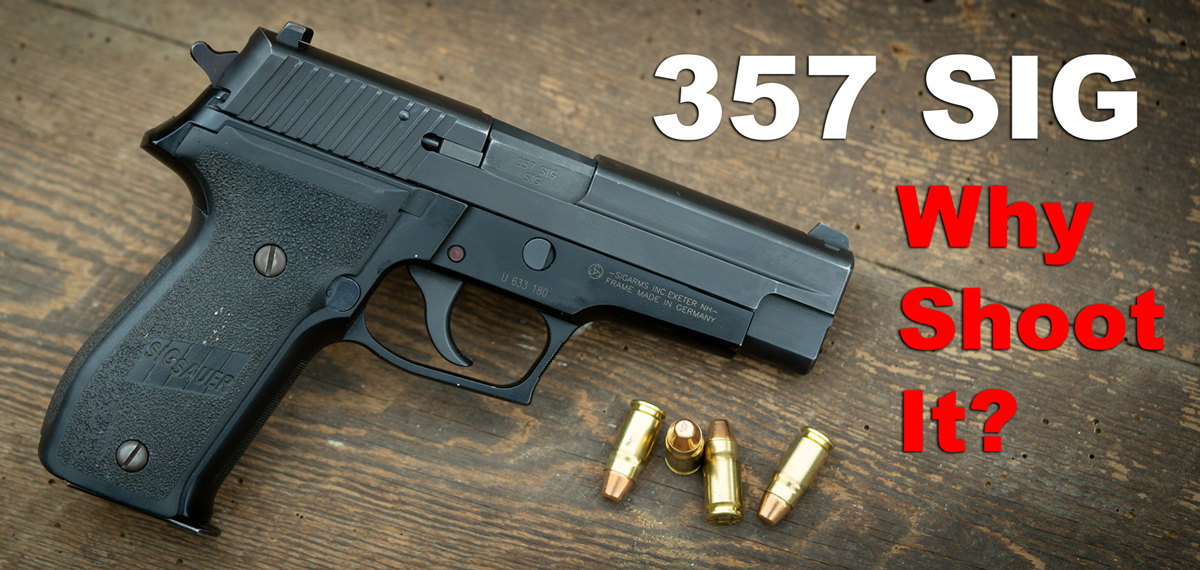
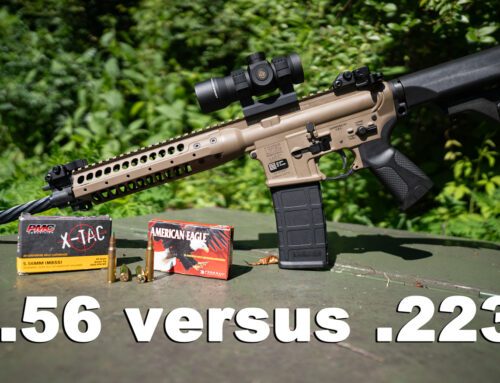
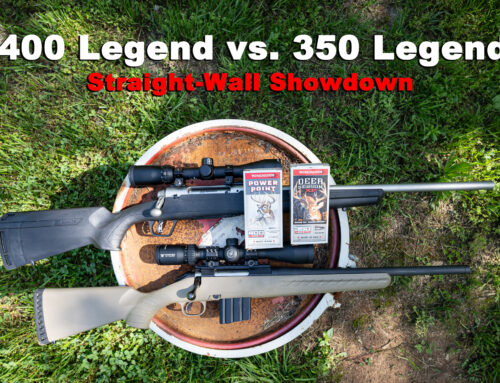
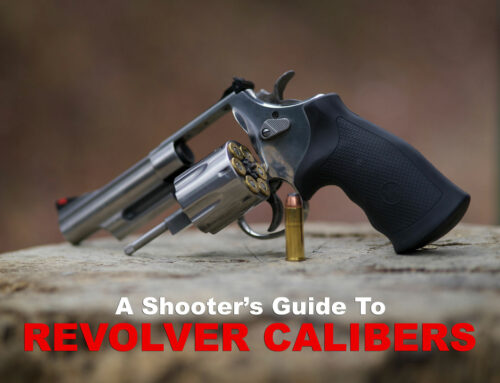
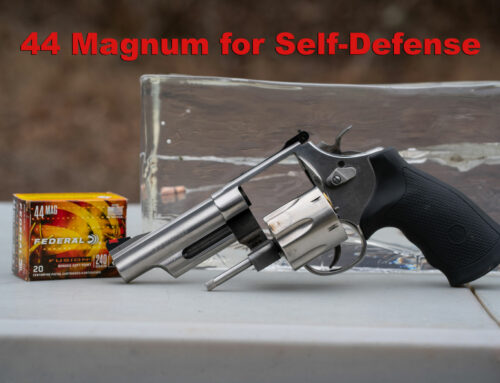
I have owned a Sig P229 in Sig 357 for many years and love the pistol and the round. It is very accurate and easy to shoot.
Thanks for the intel Art – that’s great to hear. I need to pony up and spend the money on a couple cases to get better acclimated.
I have a glock 31. I load my own with 125 JP at 1300 FPS. In addition I put a stiff spring pack in from Israel. Recoil is reduced. I like the round but I don’t carry it. The 31 is a little large for cc.
That’s 125 jhp
Good call on the spring swap. That makes a lot of sense to me. The 4.5″ barrel is a bit much for comfortable carry, IMO as well.
Thanks for the article! Your photo could at least identify that pistol as a Sig P239, one of the great high-power pistols that exist that can be easily concealed. The Sig 357 was a total surprise to me: ballistics are outstanding, and the recoil not much different than a 9mm. This will never be popular because it is difficult to reload, but it a devastating defensive round.
I have a gen 4 Glock 32 that I carry. It is a bit Heavy but a joy to shoot and very accurate. I wouldn’t mind seeing it in a Smith and Wesson Shield but don’t think it will ever happen.
Hi Ben there are .357 sig shield aftermarket barrels available from tr-enabling. My first handgun was a p229r in .357 sig. Had to sell it and my P239. I’ve since replaced both but now my P229r has a factory .40 barrel and a 9mm conversion barrel, while my P239 is a DAK police trade in chambered in .357 sig. I might get an aftermarket threaded .357 barrel for one of them in the future for a compensated range toy.
I’ve seen tests on YouTube that show the .357 does have significantly more penetration than a comparable 9MM. One test I watched compared a bullet from each in a pine board test. The 9mm bullet penetrated nine boards and was stopped by the tenth. The .357 Sig penetrated twelve boards and was stopped by the thirteenth.